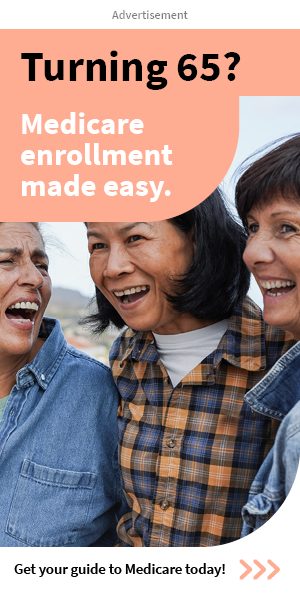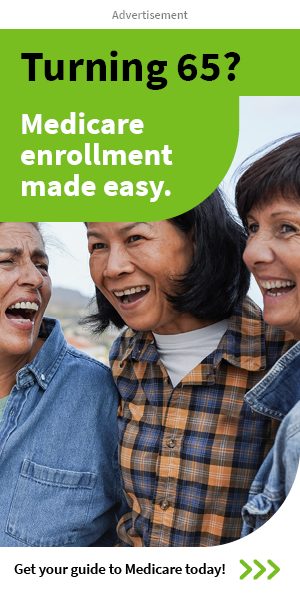Key Takeaways
-
If you’re considered low-income in 2025, you may qualify for Medicare Savings Programs or Extra Help, which could drastically reduce your healthcare costs.
-
Many low-income Medicare beneficiaries receive benefits like reduced premiums, lower deductibles, and minimal prescription drug costs—but these programs are not automatic. You have to apply.
Low-Income Doesn’t Mean Low Support Under Medicare
You may be surprised to learn that your income level can actually unlock extra help within Medicare. In 2025, programs specifically designed to support low-income beneficiaries continue to provide expanded access to affordable care—but only if you know how to use them. The key is understanding your options and actively applying.
Whether you’re already enrolled in Medicare or just turning 65, there may be significant assistance waiting for you through state and federal programs.
What Low-Income Means in 2025
Medicare considers both your income and your assets when determining eligibility for support programs. In 2025, general income thresholds to qualify for full or partial benefits typically align with federal poverty guidelines and cost-of-living adjustments. States may also have slightly higher limits based on local factors.
Here are typical benchmarks (all figures rounded for clarity):
-
Individual income: Around $1,700/month or less
-
Married couple income: Around $2,300/month or less
-
Asset limit: Around $10,000 for individuals, $15,000 for couples
Remember, some programs disregard certain income sources like housing assistance or food stamps when calculating eligibility.
Medicare Savings Programs (MSPs)
MSPs are state-run programs that help cover Medicare Part A and Part B costs for people with limited income. There are four types, each offering varying levels of support:
1. Qualified Medicare Beneficiary (QMB)
This is the most generous of the Medicare Savings Programs. If you qualify, the program may cover:
-
Medicare Part A premium (if applicable)
-
Medicare Part B premium (standard is $185/month in 2025)
-
Deductibles, coinsurance, and copayments for Medicare-covered services
2. Specified Low-Income Medicare Beneficiary (SLMB)
The SLMB program only covers your Medicare Part B premium. It’s designed for people with income just above the QMB threshold.
3. Qualifying Individual (QI)
This program is similar to SLMB but funded differently. You must reapply every year, and approval is on a first-come, first-served basis. It also covers your Part B premium.
4. Qualified Disabled and Working Individuals (QDWI)
This program helps disabled individuals under 65 who have returned to work and lost their premium-free Part A. QDWI covers the Part A premium.
Extra Help with Medicare Part D
Extra Help is a federal program that helps pay for Medicare prescription drug coverage (Part D). In 2025, it continues to offer significant financial relief for eligible individuals.
If you qualify, you may receive:
-
Lower monthly premiums for your drug plan
-
Reduced or eliminated annual deductible (up to $590 in 2025)
-
Lower copayments or coinsurance
-
No coverage gap (donut hole)
You automatically qualify for Extra Help if you’re enrolled in Medicaid or a Medicare Savings Program. Otherwise, you’ll need to apply through the Social Security Administration.
Medicaid and Medicare Together
If your income and resources are low enough, you might qualify for both Medicare and Medicaid. This is known as dual eligibility, and it can offer nearly comprehensive coverage with very limited out-of-pocket costs.
As a dual eligible in 2025, you could receive:
-
Coverage for most deductibles, coinsurance, and copayments
-
Access to additional services not covered by Medicare (e.g., long-term care, dental, vision)
-
Automatic enrollment in Extra Help for drug costs
There are full-benefit and partial-benefit dual eligibles, depending on your circumstances. Either way, coordination between Medicare and Medicaid often leads to lower costs and better access to care.
State-Level Support Varies
Each state administers its own Medicaid program and Medicare Savings Programs, so eligibility rules and benefits may vary slightly. Some states also offer:
-
Medically Needy programs, where you qualify after spending down income on medical expenses
-
Supplemental assistance programs that cover transportation, home modifications, or case management
It’s crucial to check with your state Medicaid office or use a benefits screening tool to understand what you’re entitled to.
Don’t Forget About Enrollment Timelines
Many of these programs aren’t automatic. You have to apply—and timing matters.
-
Initial Enrollment Period (IEP): Starts 3 months before the month you turn 65 and ends 3 months after.
-
General Enrollment Period (GEP): January 1 to March 31 each year, if you missed your IEP.
-
Open Enrollment for Part D/Advantage: October 15 to December 7 each year
-
Special Enrollment Periods (SEPs): If you lose Medicaid, move, or qualify for Extra Help mid-year, you may get a chance to enroll or switch plans.
For programs like QI and Extra Help, reapplication may be required annually.
What to Do If You Think You Qualify
If your income is tight and you’re struggling with healthcare costs, it’s time to take the next step. Here’s what to do:
-
Check your income and assets against the current limits
-
Apply for Medicare Savings Programs through your state’s Medicaid office
-
Apply for Extra Help with prescription drug costs through the Social Security Administration
-
Speak to a licensed agent who can help you understand how these programs work alongside your Medicare plan
Common Misunderstandings
Many people assume they don’t qualify for help because:
-
They own a home or car (which usually don’t count against asset limits)
-
Their income is slightly above the threshold (some states have higher limits or spend-down options)
-
They’re already enrolled in Medicare (these programs offer additional benefits on top of Medicare)
The bottom line: don’t disqualify yourself without checking first.
These Programs Can Change Year to Year
While 2025 has brought some continuity to low-income support under Medicare, it’s important to stay up to date. Income and asset thresholds often adjust annually based on inflation, and federal or state policies may shift.
Each year:
-
Review your eligibility for programs
-
Renew applications as required
-
Watch for notices from Medicaid, Medicare, or Social Security
-
Seek professional advice to ensure you don’t miss changes that could save you money
Better Coverage Could Be Closer Than You Think
Being low-income doesn’t mean settling for inadequate healthcare. In fact, if you qualify for support programs in 2025, you may have fewer out-of-pocket costs than someone with higher income.
But none of these benefits happen automatically. You need to explore your options and apply.
If you’re unsure where to start, get in touch with a licensed agent listed on this website. They can help you understand your eligibility, walk you through the application process, and ensure you’re getting the support you’re entitled to.









